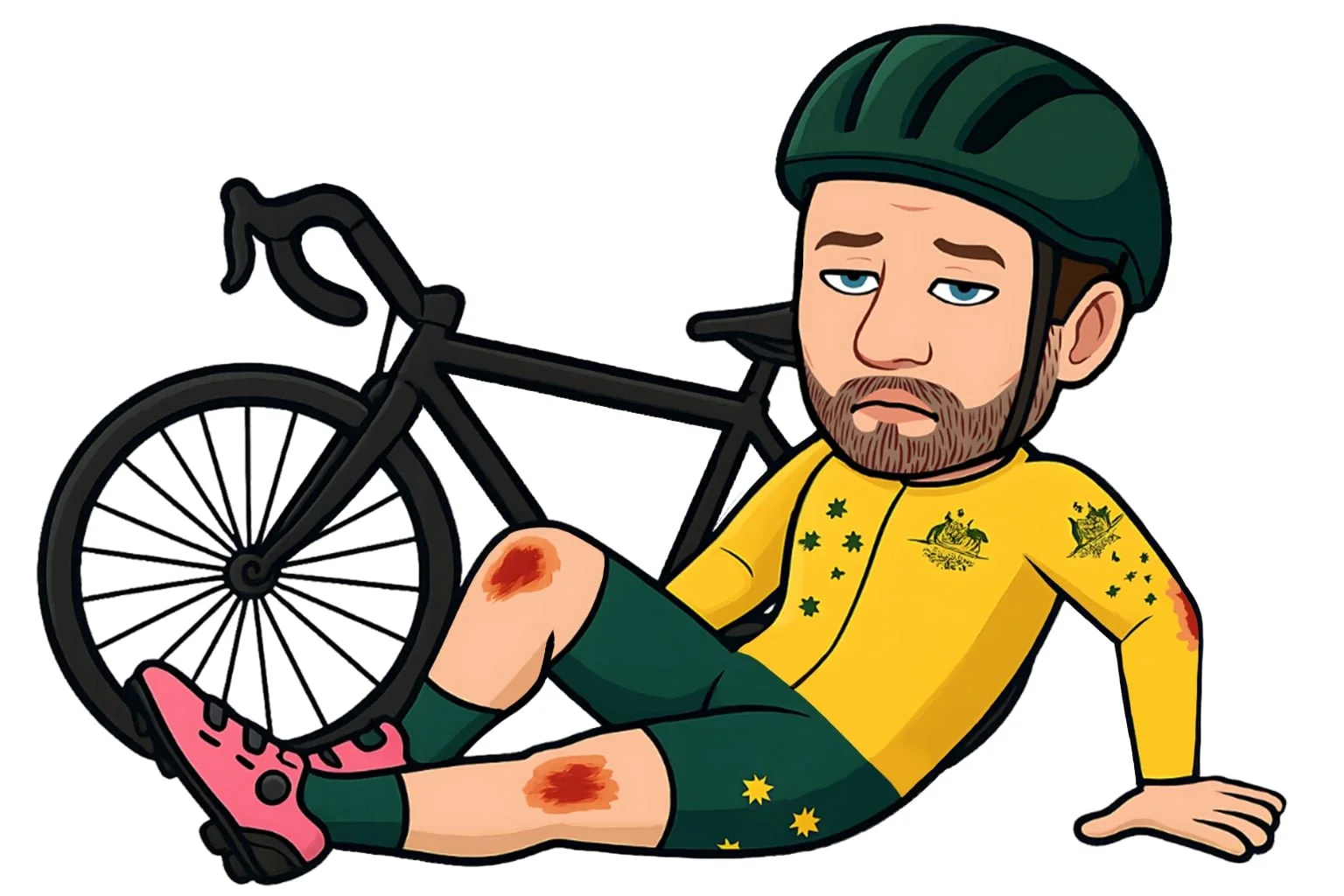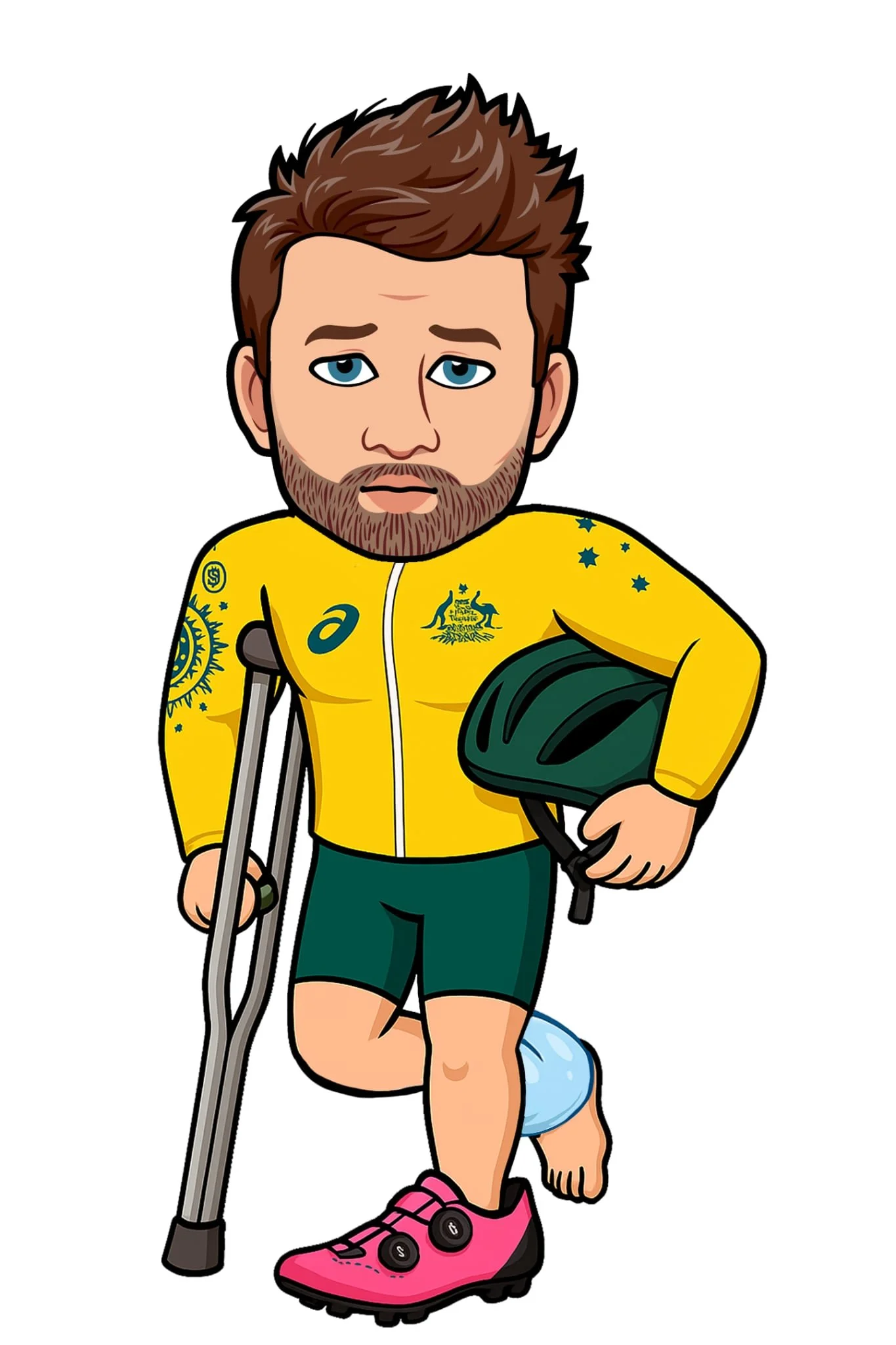Cycling road safety: not just for the pros
As Tour Down Under, the biggest bike race in the Southern hemisphere, transforms Adelaide's streets into a cycling mecca, it's not just the professionals hitting the road. It seems to be the time of year when everyone becomes a pro cyclist. But it’s not just Tour Down Under. There’s the Tour de France too that gets people thinking about their next bike ride. Whether you're inspired by one of the tours or just enjoying our city's bike trails, let's talk about staying safe on two wheels.
The Tour Down Under effect
Every January, Adelaide sees a surge in cycling enthusiasm. While we love seeing more people embracing bike life, it's important to know how to handle common cycling emergencies - whether you're a weekend warrior or daily commuter.
The RAA reports that serious cyclist crashes have increased by almost a third in the last five years. With more bikes on the road at this time of the year, it’s important to be aware and know how to respond in an emergency.
What are some common cycling injuries?
While cycling can be a sport, leisure activity or mode of transport, in 2021-2022, there were 14,900 cycling injury hospitalisations. Of those, 7,100 were identified as cycling for sport.
Fractures
Fractures accounted for over half of the hospitalisations in 2021-22 at 58%.
First aid management for fractures
Control any bleeding
Ensure the casualty is still
Immobilise the fracture
Where possible, use broad bandages to immobilise
Place a padded splint along the injured limb then bandage above and below the fracture site leaving a 5cm gap either side of the fracture to prevent movement
Every 15 minutes, check the bandages to ensure they aren’t too loose or too tight
Watch for signs of loss of circulation to feet or hands
Do not attempt to force the fracture back in to place or put a bandage over the fracture.
Head injuries like concussion
According to the Australian Institute of Health and Welfare, head injuries account for less than 10% of hospitalised cycling injuries.
First aid management for head injuries:
If there has been a loss of consciousness or altered consciousness at any time, call 000
Follow DRSABCD
Protect the casualty’s neck whilst maintaining a clear airway
Identify and control any significant bleeding with direct pressure if possible
If unresponsive and not breathing, commence CPR
Superficial injury like abrasions
Large skin abrasions or "road rash” are common with cycling crashes.
First aid management for an abrasion:
Wash with warm water and soap using a gauze
Put a bandaid or bandage on depending on the severity of the abrasion
Sprains and strains
Soft tissue injuries like sprains and strains accounted for less than 10% of hospitalised cycling for sport injuries. A sprain is a stretched or torn ligament. A ligament is the soft tissue that connects two bones together at a joint. A strain is a stretched or torn muscle or tendon. A tendon is fibrous connective tissue that connects muscle to bone.
First aid management for a sprain or strain:
Remember RICER:
Rest the casualty and the injured area
Ice to injury for 20 minutes (do not apply ice directly to the skin or an open wound)
Compression bandage applied to firmly to extend well beyond the injury
Elevate the injury
Refer to a medical professional for diagnosis and ongoing care
Tips for sharing the road safely
The RAA suggests the following tips to keep us all road safe:
For cyclists:
Use reflectors so you can be seen from a distance
Follow the road rules: keep to the left and do not ride more than two abreast. Use bike lanes or shared paths where available
For drivers:
Allow a gap of at least 1m, or 1.5m where the speed limit is greater than 60km/h when passing cyclists
If you need to cross double white lines to pass a cyclist, you can. But make sure the path is clear of oncoming traffic
When getting out of car that’s parallel, always check your side mirrors for passing cyclists
First Aid Kit for cyclists
If you’re heading out on the roads for a bike ride you may want to keep these essentials in your kit, just in case:
Adhesive dressings
Compression bandage
Clean water for wound irrigation
Basic wound dressings
How can cycling injuries be prevented?
Interestingly, only 7% of transport-related cycling injuries involve collisions with other vehicles. This means you are actually more likely to hurt yourself by falling off your bike or hitting a stationary object. Here are some handy hints on how you can prevent cycling injuries from occurring:
Wear bright coloured clothing
Always wear a helmet
Obey the road rules
Brake smoothly
Regularly check your bike
Be road safe
Even when we're not celebrating world-class cycling like during the Tour Down Under or Tour de France, we can still do our part to make Adelaide's roads safer for everyone. Whether you're on two wheels or four, we share the same roads and the same responsibility for safety.
Want to be even more prepared on the roads?
We think everyone should know first aid and what to do in an emergency. If you do too, book a first aid course with us. Because knowing what to do in those first crucial moments can make all the difference.
Check our more tips to stay safe on the roads.
Resources
First Aid for Management of Bleeding
Head Injury
How to treat broken bones and fractures, St John WA
Sprains and strains
How to provide first aid for sprains and strains
The information provided in this blog offers general insights only. It is important to note that this content is not intended to serve as medical advice and if you are experiencing a medical emergency, please call 000 immediately.






